 Easy DIY Guide: Install Peel and Stick Bathroom Tiles
Easy DIY Guide: Install Peel and Stick Bathroom Tiles
Quick Poll: What's your biggest reason for considering peel and stick bathroom tiles?
Introduction
Your bathroom feels outdated. The tiles are chipped, the walls look tired, and you’d love to refresh the space—but the cost of a full remodel makes you wince. If you rent, a permanent renovation isn’t even an option.
Here’s the good news: peel and stick bathroom tiles can completely change the look of your bathroom in an afternoon, without draining your savings or requiring a professional. These self-adhesive tiles are renter-friendly, budget-conscious, and surprisingly forgiving for beginners.
This step-by-step guide was built with first-timers in mind. By the time you finish, you’ll understand not just how to install peel and stick bathroom tiles, but also how to prep your walls, measure correctly, avoid common mistakes, and fix issues without starting over.
- A clear, step by step tile installation guide
- Troubleshooting tactics for misaligned or peeling tiles
- A maintenance checklist to keep your bathroom looking fresh for years
- Confidence that you can tackle this DIY peel and stick tile installation project—even if you’ve never tiled anything before
Why Choose Peel and Stick Bathroom Tiles?
Peel and stick bathroom tiles have become one of the most popular bathroom tile alternatives, especially for renters, college students, and homeowners who want a budget bathroom makeover without the stress of demolition.
Affordable & Budget-Friendly
On average, traditional ceramic bathroom tile installations can cost anywhere from $1,000 to $3,000 for a small bathroom, factoring in labor and materials. Self-adhesive tiles, however, typically cost around $1–$5 per square foot. A small space can be refreshed for less than $150.
One of my favorite examples: a friend revamped her half-bath with peel and stick subway tiles for under $80. She estimated the project saved her about $1,200 compared to hiring out a full tile job.
Renter-Friendly
Unlike permanent tiling, peel and stick tiles are semi-temporary. They grip firmly but can be removed with gentle heat (like a hairdryer) when it’s time to move out. That makes them one of the easiest renter friendly bathroom upgrades available.
Quick Transformation
These tiles offer instant gratification. Where traditional tiling might take days to prep, lay, and grout, easy DIY bathroom tiles can be installed in just a few hours. Even awkward bathroom layouts, like around vanities or mirrors, are manageable with a utility knife and a bit of patience.
Tip: If you're looking for even more inspiration, our article on Peel Stick Bathroom Tile for Moisture shares why these tiles are ideal for humid spaces and quick transformations.
Gather Your Tools and Materials
Successful DIY peel and stick tile installation starts with preparation. The actual process is only as smooth as the tools you set out before you begin.
Essential Tools
- Measuring tape
- Utility knife or scissors
- Level
- Cleaning supplies
- Pencil or chalk line
Optional Tools for a Cleaner Finish
For those who want to take their results to the next level, optional tools like a J-roller or cutting mat help guarantee clean lines.
Expand your knowledge with this helpful guide: How to Install Peel and Stick Vinyl Backsplash, which dives deeper into tool checklists, visuals, and renter-safe removal advice for similar projects.
How Many Tiles Do You Need?
Measure carefully. Always order 10–15% extra to account for mistakes. Buying extra ensures color consistency across batches.
Prepping the Surface: The Make-or-Break Step
If your surface isn’t ready, the tiles won’t stick. This is the #1 issue I see with beginner projects. Poor surface prep for peel and stick tiles almost always leads to crooked lines and peeling edges later on.
What to Avoid
- Dust and grease
- Uneven walls
- Moisture
How to Prep Correctly
- Clean surface
- Dry completely
- Fill gaps, sand smooth
- Wipe with alcohol
Still concerned about tricky surfaces? Our piece on Installing Stick Tiles on Painted Walls outlines smart steps to make sure tiles adhere on painted and tricky surfaces.
Step by Step Tile Installation Guide
Now it’s time to install your self-adhesive tiles.
Step 1: Mark Your Starting Line
Draw a level line. Do not rush this.
Step 2: Peel and Apply the First Tile
Align carefully and smooth from the center outward.
Step 3: Continue Row by Row
Work in rows, check alignment regularly. Trim as needed.
Step 4: Press and Secure
Use a J-roller to secure adhesive.
If you’d like to explore beginner-friendly tutorials tailored to specific subway tile designs, try this article: Easy Guide: Install Peel & Stick Subway Tiles, offering visuals and troubleshooting for common challenges.
Troubleshooting Common Issues
For a broader perspective, the article How to Install Peel and Stick Tiles & Best Designs 2025 guides you through both installation and cutting-edge designs beyond bathrooms.
Finishing Touches and Maintenance
Once installed, seal edges and clean gently. Avoid abrasives. With care, tiles last 5–10 years, and they’re removable for renters.
- Inspect edges every few months
- Press or caulk peeling corners
- Spot clean dirt buildup
Learn more about waterproof durability with our feature: Top Waterproof Peel and Stick Shower Tiles for 2025, perfect for bathrooms with heavy humidity.
CTA: Want more inspiration? View more DIY bathroom upgrades to match your fresh tile finish.
Conclusion
Installing peel and stick tiles is budget-friendly and accessible. With patience and proper surface prep, you can transform your bathroom quickly.
Looking for more? See our detailed guide: How to Use Peel and Stick Tiles in 2025—it covers every creative application from kitchens to accent walls.
DIY Tile FAQ
Q1: Can peel and stick tiles go directly over old ceramic tiles? Yes, just clean thoroughly and level grout lines.
Q2: Will they handle bathroom humidity? Yes, when sealed properly around splash zones.
Q3: What if my first row looks crooked? Reposition quickly or trim and continue aligned.
Q4: Do I need grout? No, most designs print grout lines for you.
Q5: Can I remove them without damaging walls? Yes, heat gently, peel carefully, clean residue.


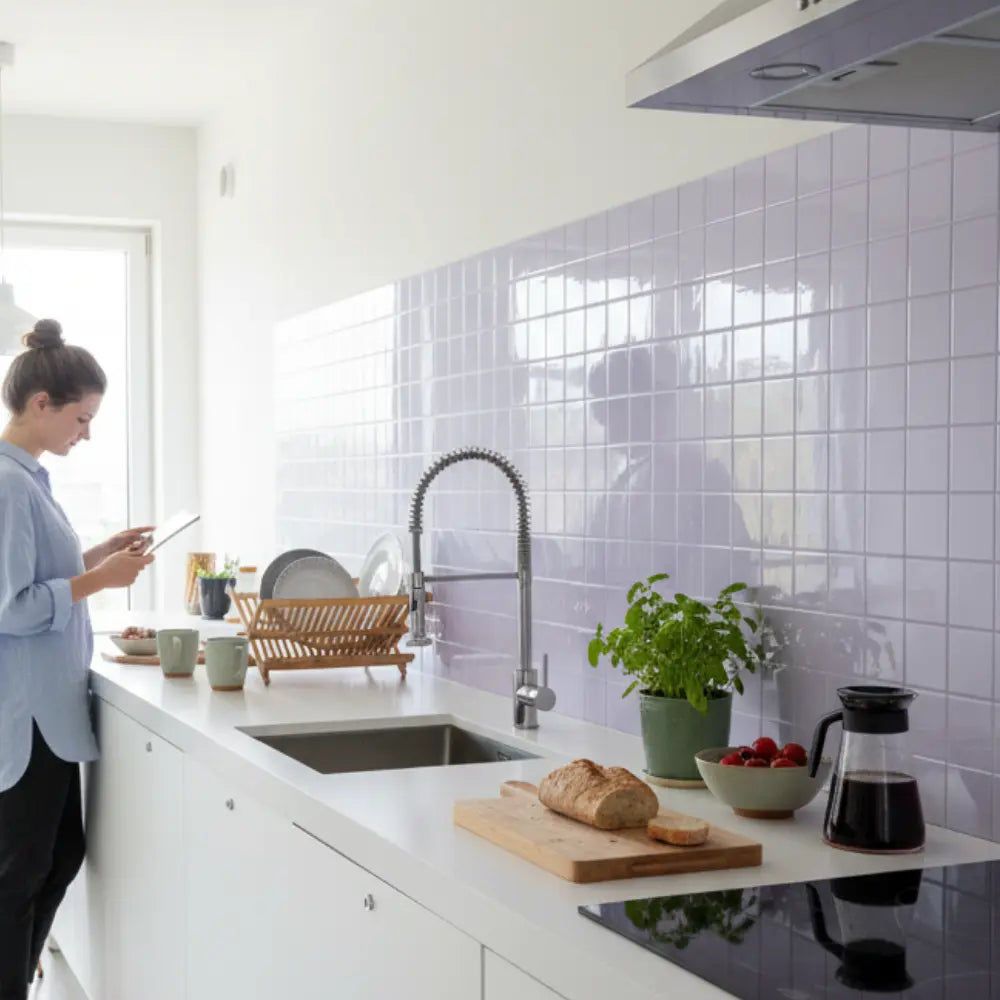
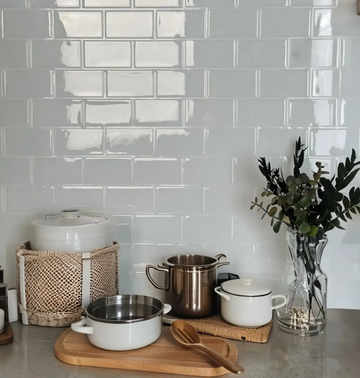
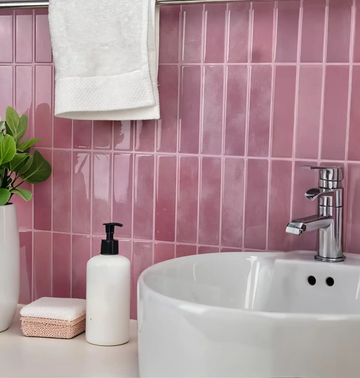
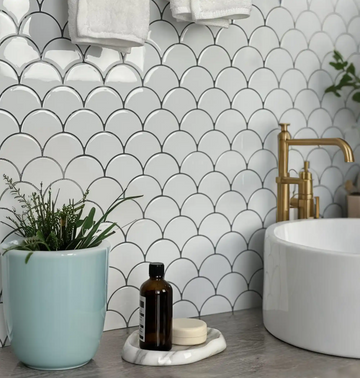
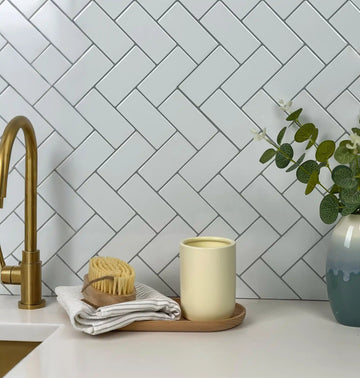
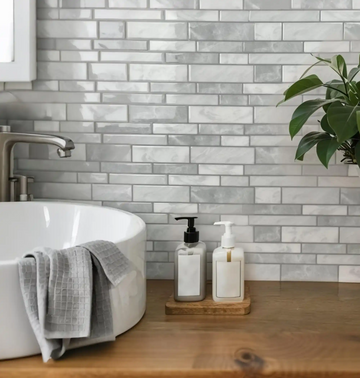
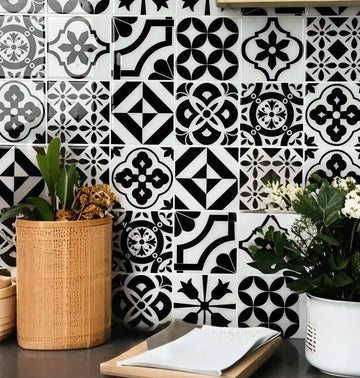
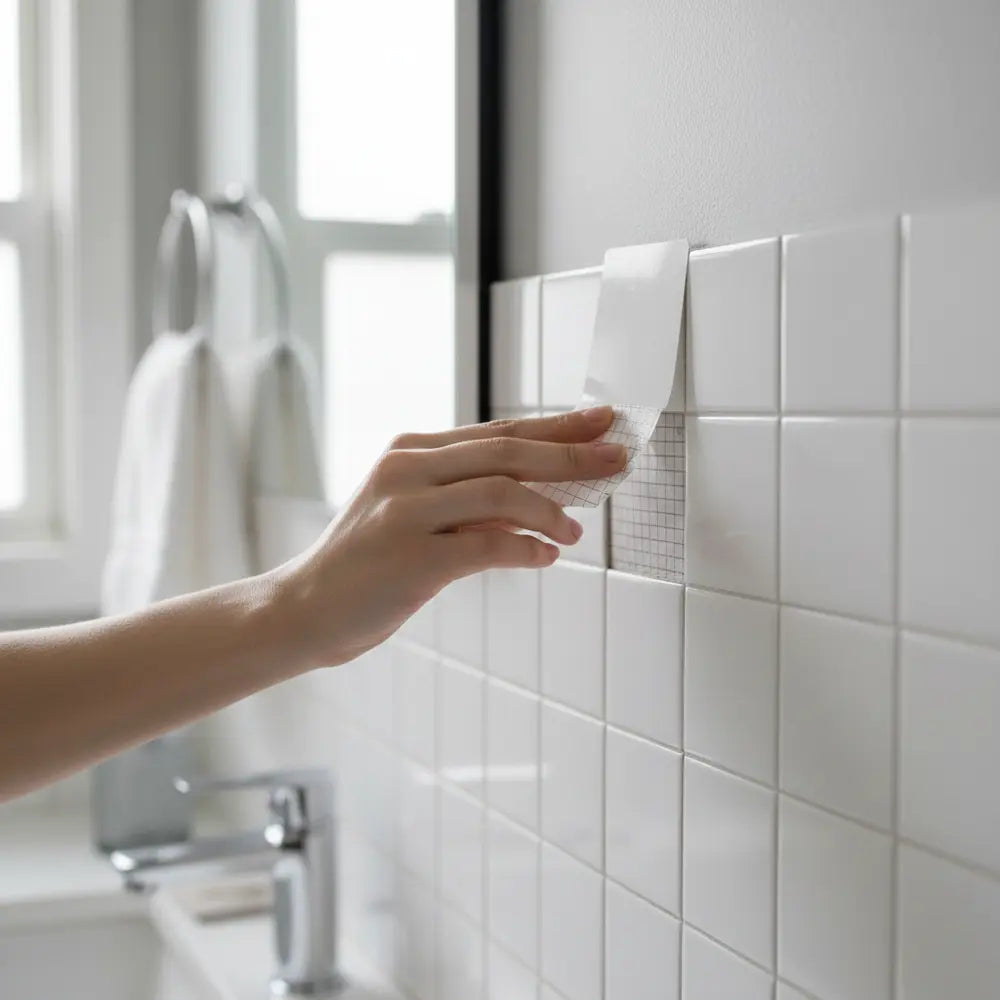
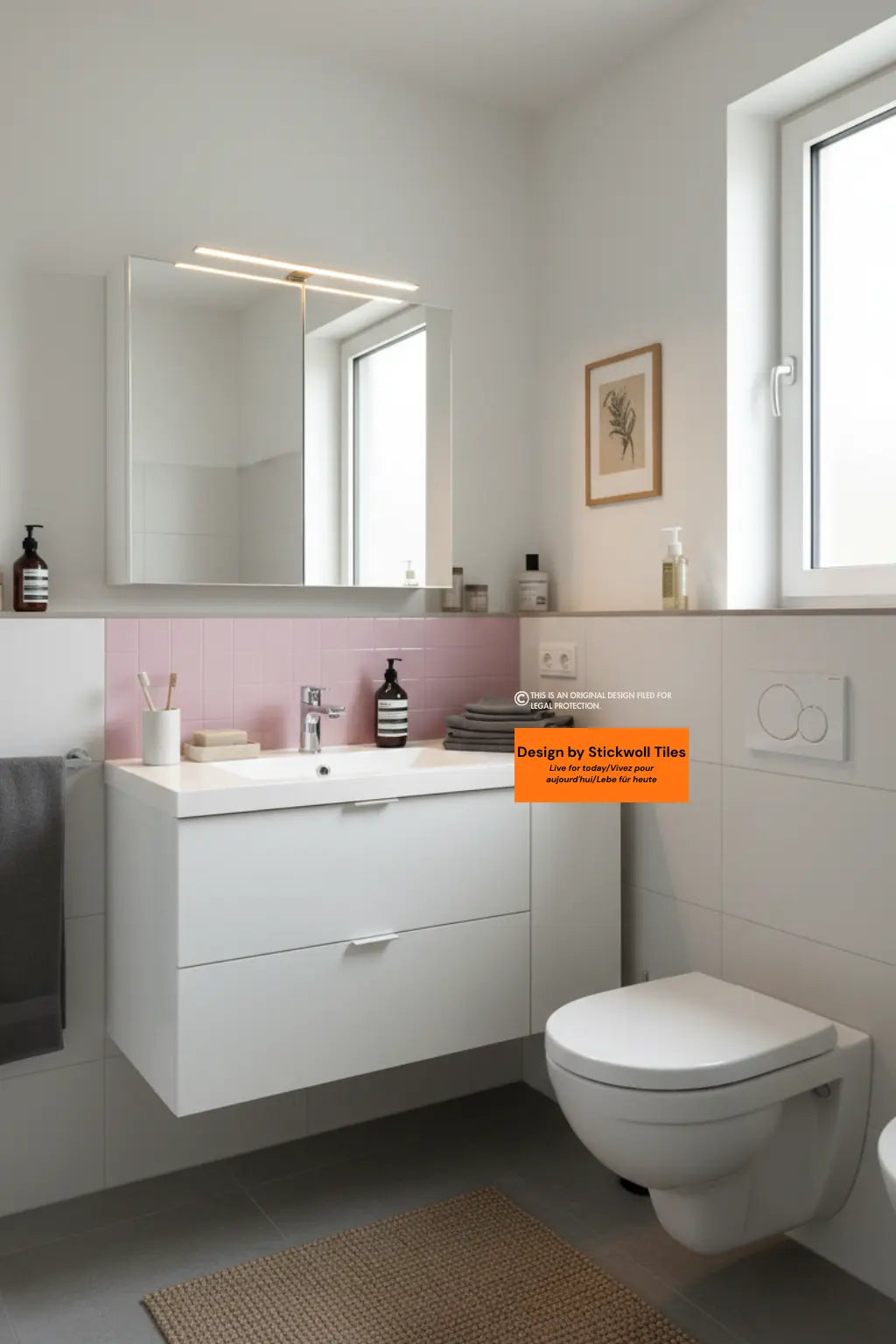

Laisser un commentaire
Ce site est protégé par hCaptcha, et la Politique de confidentialité et les Conditions de service de hCaptcha s’appliquent.